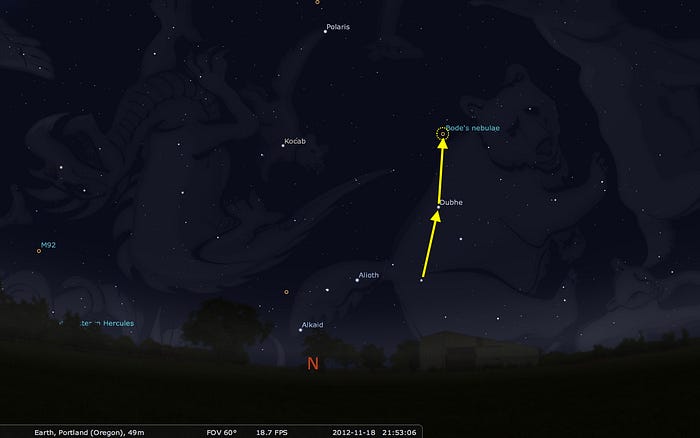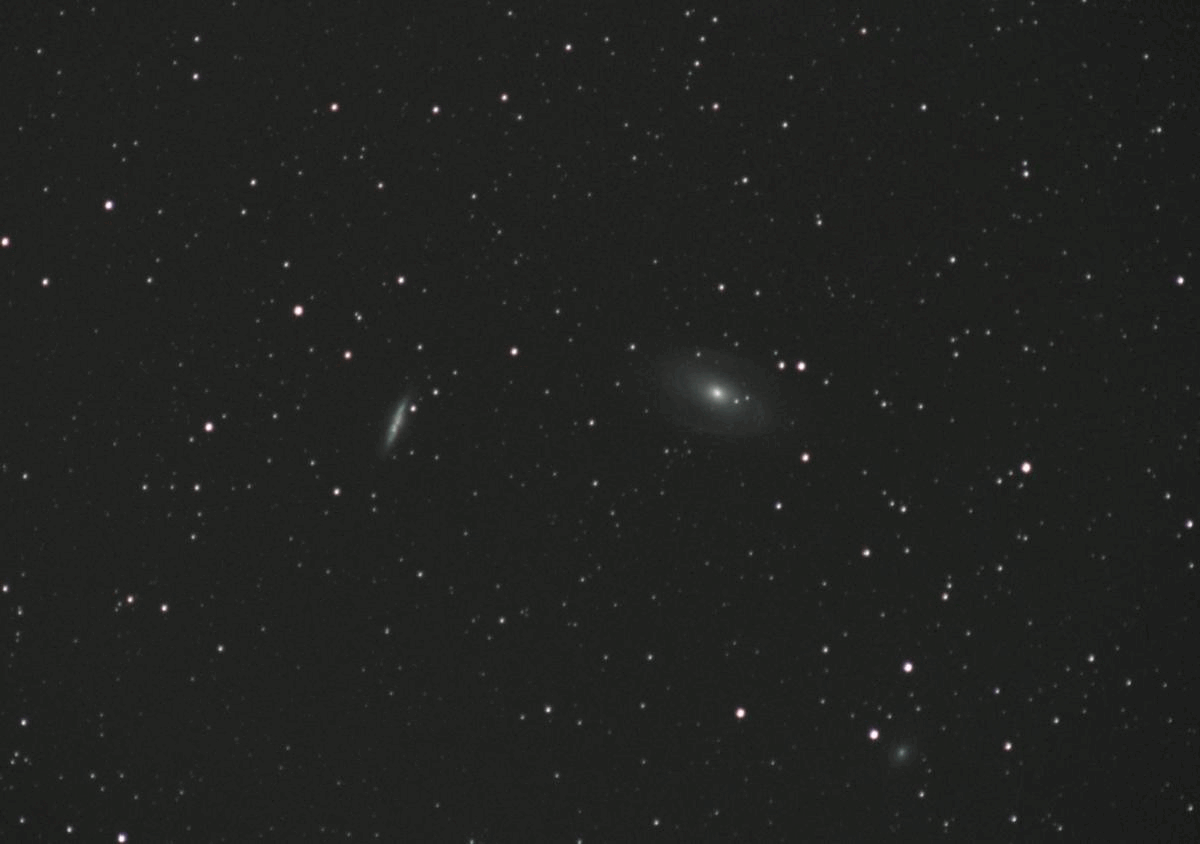The James Webb Space Telescope's imagery of NGC 628 (the "Phantom Galaxy") shows glowing
dust in this citizen science image. (Image credit: NASA/ESA/CSA/Judy Schmidt)
A fresh image based on brand-new deep-space data appears to show a wormhole spinning before our very eyes.
The appropriately named "Phantom Galaxy" glows eerily in a new image by Judy Schmidt based on James Webb Space Telescope data collected nearly a million miles away from our planet using the observatory's mid-infrared instrument (MIRI).
"I've been doing this for 10 years now, and [Webb] data is new, different, and exciting," Schmidt told Space.com. "Of course I'm going to make something with it."
The image highlights the dust lanes in the galaxy, which is more properly known as NGC 628 or Messier 74. Dubbed the "perfect spiral" by some astronomers because the galaxy is so symmetrical, the Phantom Galaxy is scientifically interesting because of the intermediate-mass black hole scientists believe is embedded at its heart.
The galaxy has been imaged professionally many times before, including by space observatories such as the Hubble Space Telescope and the Wide-field Infrared Survey Explorer (WISE).
What makes Webb imagery stand apart from these past efforts is the mid-infrared range that highlights cosmic dust, along with the power of its unique 18-segment hexagonal mirror and deep-space location.
Webb observed M74 earlier this week. The data was also shared on Twitter(opens in new tab) (with different filtration) by Gabriel Brammer, an astronomer at the Cosmic Dawn Center in the Niels Bohr Institute at the University of Denmark. READ MORE...
Webb observed M74 earlier this week. The data was also shared on Twitter(opens in new tab) (with different filtration) by Gabriel Brammer, an astronomer at the Cosmic Dawn Center in the Niels Bohr Institute at the University of Denmark. READ MORE...






